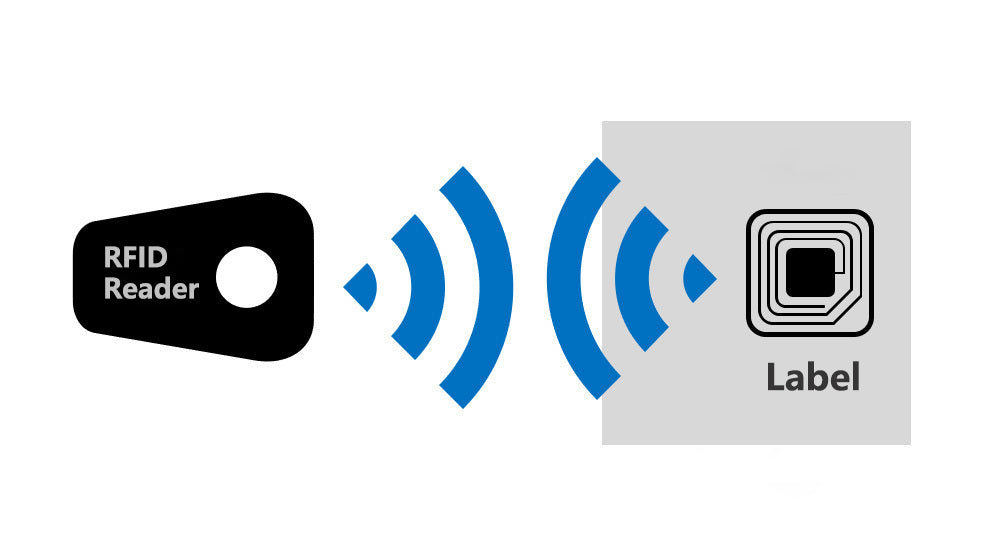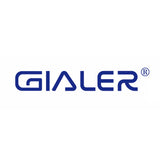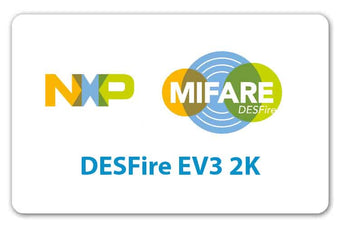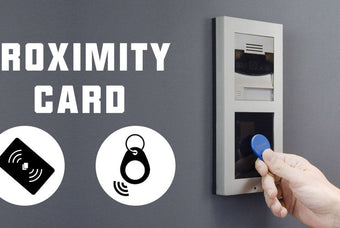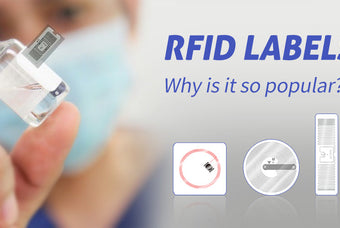Why can't the RFID reader recognize the electronic tag? Failure to recognize electronic tags is one of the common problems in RFID projects. It has a lot to do with the reader's design, antenna, feeder, electronic tags and use environment. There are many factors that cause RFID readers to fail to recognize electronic tags:
The label is damaged
The RFID electronic tag consists of a chip and an antenna. If the chip is pressed by external force or high static electricity may fail. If the antenna of the RFID tag is damaged, it will also cause failure. Therefore, the RFID electronic tag cannot be damaged or torn apart by pressure. Generally, RFID electronic tags with high requirements will be packaged in plastic cards to avoid damage from external forces.
Signal interference
RFID electronic tags cannot pass through metal. When the tag is blocked by metal, it will affect the reading distance of RFID, or even fail to read at all. At the same time, the radio frequency information of RFID electronic tags is also difficult to penetrate water. If it is blocked by water, the sensing distance will also be limited. In general, the signal of RFID tags can penetrate non-metal or non-transparent materials such as paper, wood and plastic, and can perform penetrating communication. If the use scene is special, it is necessary to customize anti-metal tags or electronic tags with other characteristics, such as high temperature resistance, liquid resistance, metal resistance, etc.
RFID antenna
beyond reading range
Depending on the manufacturing process, RFID electronic tags have different application environments. Different RFID readers have different reading distances. If the reading distance is too far, the reading effect will be affected. Factors affecting the reading distance of RFID electronic tags
1. The radio frequency power of the RFID reader; if the radio frequency power is small, the reading and writing distance will be close; otherwise, if the power is high, the reading distance will be far;
2. RFID reader antenna gain; the gain of the reader antenna is small, and the reading and writing distance is close. Anyway, the gain is high and the reading distance is long;
3. The degree of coordination between the polarization direction and the relative angle of the RFID tag and the RFID antenna; if the direction is consistent and the degree of coordination is high, the reading and writing distance will be far. On the contrary, if they do not match, the reading distance will be short;
4. Attenuation per unit of feeder; the greater the attenuation, the closer the reading and writing distance, and vice versa, the smaller the attenuation, the longer the reading distance;
5. The total length of the feeder connecting the reader and the antenna; the longer the feeder, the closer the reading and writing distance; on the contrary, the shorter the feeder, the longer the reading distance.
Why can't the RFID reader recognize the electronic tag?
22/05/2023
